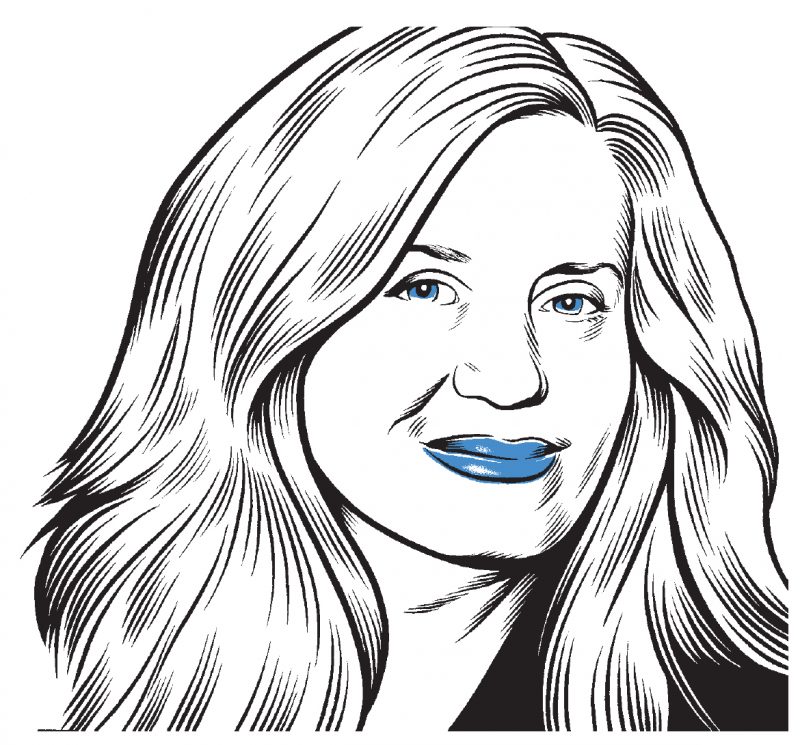The miracle of Amy Hempel’s stories is their extreme compassion despite their extreme brevity. Dense and undecorated, they exemplify short literary form, but they also awaken a deep empathy that seems more appropriate to long company with characters through hundreds of pages. This mysterious and elusive effect has earned Hempel recognition as a master of short fiction.
Hempel was born in Chicago in 1951, went to high school in Denver, spent some dozen formative years in San Francisco, then moved to New York. She studied at Columbia with the renowned writers’ mentor Gordon Lish, who was a champion of her work and who edited her first two collections, and whose name appears in print often preceded by the word legendary. Hempel’s books include Reasons to Live (1985), At the Gates of the Animal Kingdom (1990), Tumble Home (1997), and The Dog of the Marriage (2005). With Jim Shepard she edited Unleashed: Poems by Writers’ Dogs (1995). Her Collected Stories appeared in 2006 and was just released in paperback. She has won a Guggenheim Fellowship, taught at a number of colleges and universities across the country, worked as a veterinary surgical assistant, and provided foster care to seeing-eye dogs in training. She’s currently a faculty member in the graduate writing programs at Bennington and Sarah Lawrence.
This interview began in a diner on Manhattan’s Upper East Side, continued during a dog walk with Wanita, Hempel’s yellow Lab, and finished via email.
—Sarah Manguso
THE BELIEVER: Your stories are recognizable as yours— whatever it is, wherever the story came from, it passed through Amy Hempel. What I’m wondering is this: Does writing feel to you like progress toward Hempelianness, or progress away from it? In other words, do you ever feel as if the goal is to sound like—or unlike— Amy Hempel?
AMY HEMPEL: The goal is always to sound unlike myself. In life I am filled with doubt, I am not tough—or I wasn’t when I started writing—and I often use more words than I need, doubling back to make sure I got a point across when it’s not necessary. So what shows up on the page is an idealized version of what I think I sound like, having had time to axe anything hesitant or redundant. And with luck there will be a hint of the sounds of the voices I hear every day, the people I’m in touch with daily, such as Julia Slavin’s incomparable humor, or the poets I read and re-read daily.
BLVR: I know you re-read books and that you claim to have an untidy apartment that was recently put in order...
You have reached your article limit
Sign up for a digital subscription and continue reading all new issues, plus our entire archives, for just $1.50/month.
Already a subscriber? Sign in





